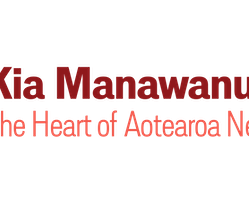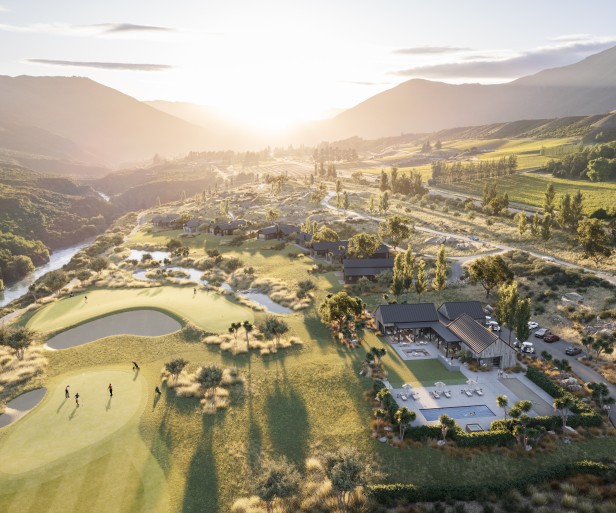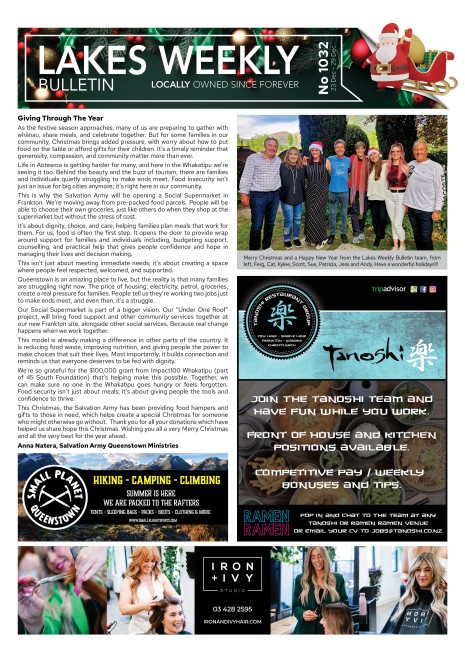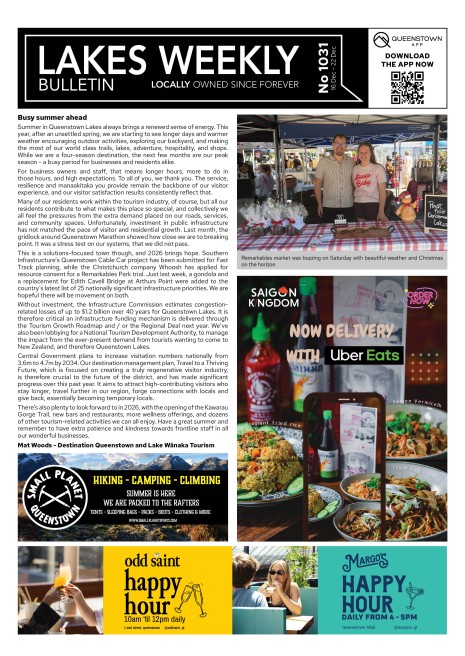Takahē Greenstone Station population going strong
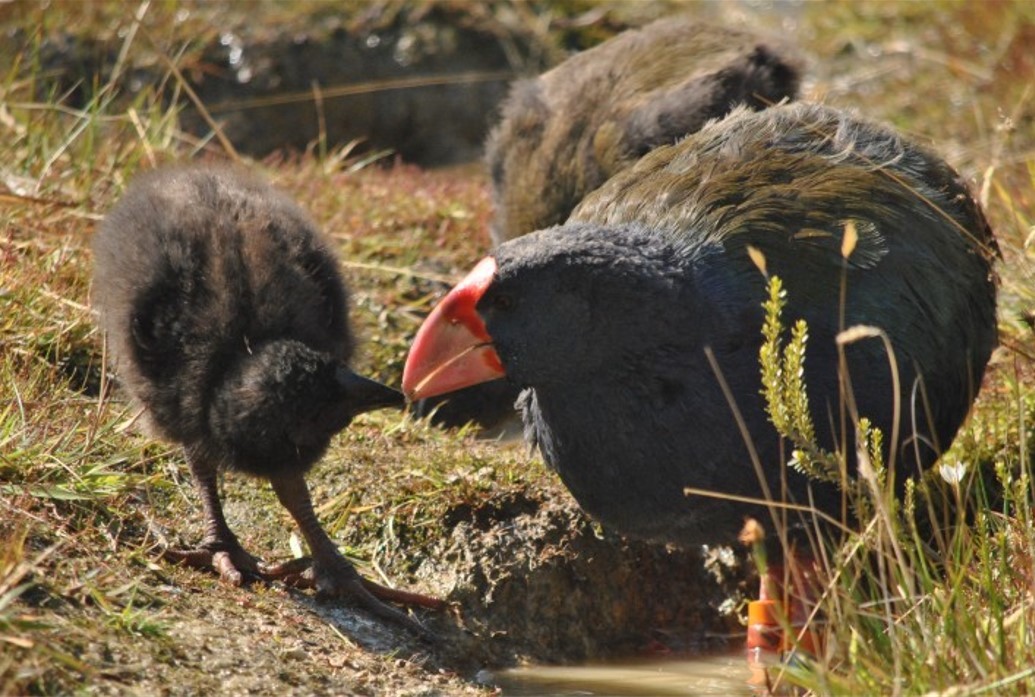
A new population of takahē are thriving on Greenstone Station near Queenstown, one year after being released.
Ngāi Tahu and DOC released 18 takahē on the land in the upper Lake Whakatipu Waimāori valleys last August. A further 10 birds were subsequently released to form a founding population of 28 birds.
DOC Takahē Recovery operations manager Deidre Vercoe says attempting to set up a new wild population can take time, and success isn’t guaranteed, but so far signs are very positive.
“All indications are that the Greenstone Station population is successfully establishing," she says.
"Most birds have not moved away from where they were released, they have successfully raised offspring, and there have been no adult deaths.
“The takahē are also in healthy condition, indicating this is good habitat for takahē and they are adapting well to their new environment."
Vercoe says it's particularly promising that eight out of 10 pairs started nesting within a few months of being released, exceeding expectations and showing they are settled enough to breed.
"We believe seven to 10 chicks hatched but some young chicks commonly die in the first weeks and months of life from natural causes.
“It’s positive that five chicks survived to more than six months of age as this is a higher rate of survival than occurs at other wild sites, in Fiordland’s Murchison Mountains and Kahurangi National Park."
Unfortunately, one of the five juveniles had to be euthanised due to an injury, which occurred last month when DOC rangers were catching birds to check their health and weight.
“The juvenile bird’s leg was unfortunately broken when being caught by an experienced DOC ranger to fit identification leg bands and a radio-transmitter,” Vercoe says.
"Vets made multiple attempts to reset the broken leg, but these were unsuccessful. The bird would not survive in the wild with this injury so for its welfare it was euthanised."
It's extremely rare for takahē to be injured during capture due to the skill and experience of takahē team members, she says, but is a reminder that the intensive conservation needed for population recovery is not without risk to individual animals.
Radio transmitters are important for tracking birds’ movements and are critical to understanding the longer-term population success of this new site.
“Transmitters last four to five years and over this time enable us to confirm if a bird is alive and to track its location. This information is vital for informing our predator control intensity, and to inform next steps of potentially expanding the population into surrounding areas."
Returning takahē to the Greenstone Valley, where they likely lived centuries ago, is another significant step for the Ngāi Tahu and DOC Takahē Recovery Programme, with National Partner Fulton Hogan and the New Zealand Nature Fund.
The national population now numbers around 500, with annual growth around 8% a year. The takahē recovery focus is now on establishing new wild populations to progress the goal of having multiple takahē populations living wild over large areas of their former range.
Ngāi Tahu and DOC are currently considering whether takahē might be released in the nearby Rees Valley next year (2025), providing predator control is keeping predator numbers low enough.
“Predator control is crucial for the survival of takahē in the wild and we’re encouraged that trapping in the Greenstone Valley has so far helped prevent any of the adults being predated. But late winter is a vulnerable time as the number of rats in the area reduce due to lack of food, and stoats, ferrets and feral cats that prey on rats can then switch to native birds for food.”
Predator trapping in the Greenstone Valley is carried out by DOC and supported by Air New Zealand, the Routeburn Dart Wildlife Trust and Southern Lakes Sanctuary.



